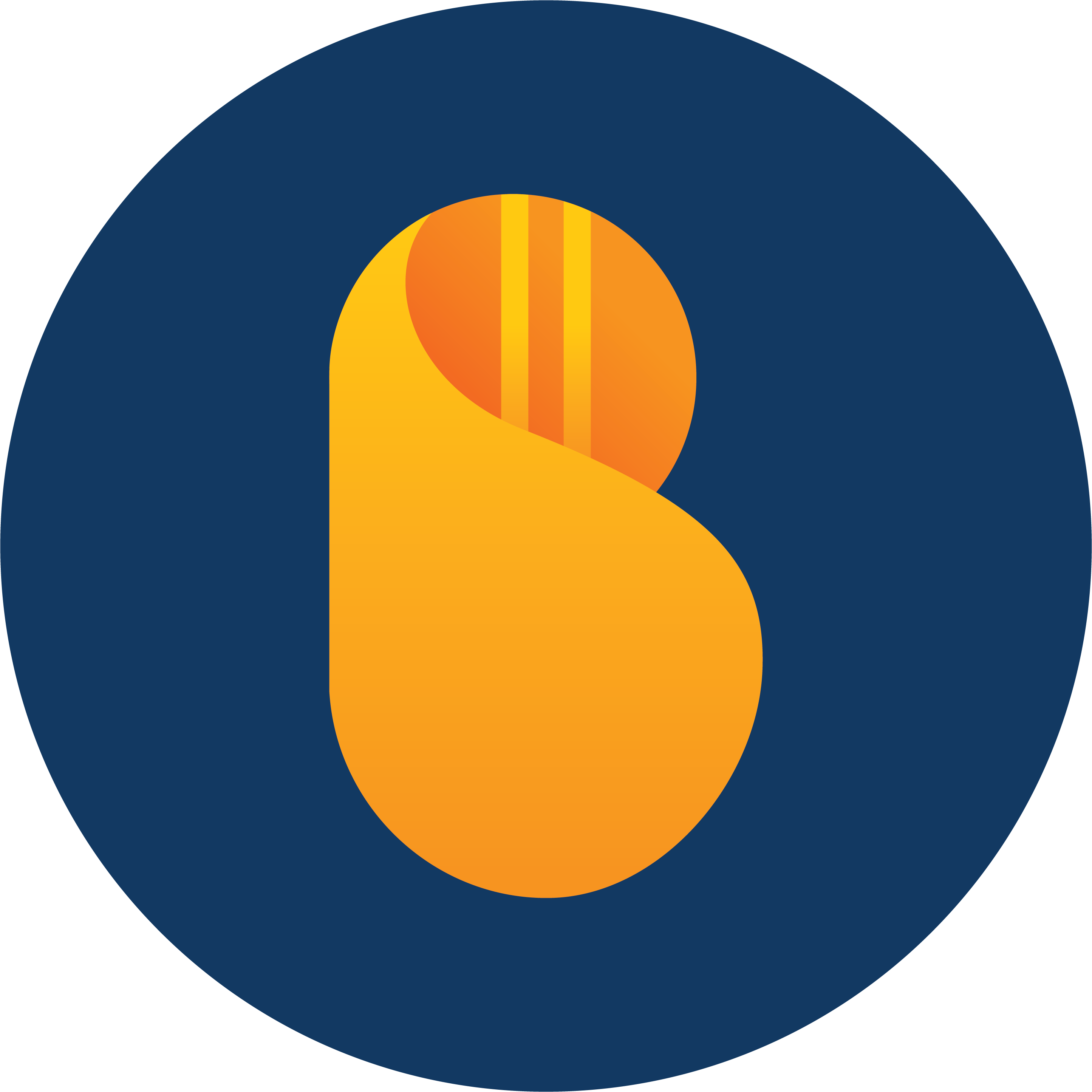The emergence of Web3 technology has brought about a new era of decentralized and trustless systems that are changing the way we interact with the world. Education is one of the areas where the potential impact of Web3 is the most exciting, as it has the potential to disrupt traditional learning models and create new opportunities for learners of all ages. In this blog post, we will explore the future of Web3 education and the potential it holds for transforming the way we learn.
What is Web3 Education?
Web3 education refers to the use of Web3 technology, such as blockchain and decentralized applications (dApps), to create new and innovative learning experiences. Web3 education seeks to create a more decentralized and democratized education system, where learners have more control over their learning and can participate in a global community of learners and educators.
One of the most exciting aspects of Web3 education is the potential to create new economic models around learning. With the use of tokens and cryptocurrencies, learners can be rewarded for their participation and contributions to the learning community. This creates new opportunities for learners to earn income from their learning activities and contributes to the development of a new knowledge economy.
Disrupting Traditional Learning Models
Web3 technology has the potential to disrupt traditional learning models in several ways. One of the most significant is the ability to create decentralized, peer-to-peer learning communities. Learners can connect with others around the world who share their interests and goals, creating a global network of learners and educators. This creates new opportunities for collaboration and learning, as learners can work together to solve problems and create new knowledge.
Another way that Web3 technology is disrupting traditional learning models is through the use of decentralized education platforms. These platforms are built on blockchain technology and provide a more secure, transparent, and efficient way to deliver education. Decentralized education platforms allow learners to take control of their learning, creating a personalized learning experience that is tailored to their individual needs and interests.
The Potential of Web3 Education
Web3 education has the potential to revolutionize the way we learn, creating new opportunities for learners of all ages and backgrounds. One of the most exciting aspects of Web3 education is the potential to create new economic models around learning. With the use of tokens and cryptocurrencies, learners can be rewarded for their participation and contributions to the learning community. This creates new opportunities for learners to earn income from their learning activities and contributes to the development of a new knowledge economy.
Web3 education also has the potential to democratize access to education. With the use of decentralized education platforms, learners can access high-quality education from anywhere in the world. This creates new opportunities for learners who may not have access to traditional education models due to geographic, financial, or other barriers.
Challenges and Opportunities of Web3 Education
While the potential of Web3 education is undoubtedly exciting, it also presents several challenges and opportunities. One of the biggest challenges is the issue of scalability. As more learners join Web3 education platforms, the underlying blockchain networks will need to be able to handle the increased traffic. This is something that developers are currently working on, but it is a complex and ongoing process.
Another challenge is the issue of regulation. As Web3 education becomes more mainstream, it is likely that governments will want to regulate the industry. This could create a challenging regulatory environment, with developers needing to navigate complex legal frameworks in different jurisdictions.
Despite these challenges, Web3 education also presents several opportunities. One of the most exciting is the potential to create new economic models around learning. With the use of tokens and cryptocurrencies, learners can be rewarded for their participation and contributions to the learning community. This creates new opportunities for learners to earn income from their learning activities and contributes to the development of a new knowledge economy.
Another opportunity is the potential for new forms of learning. Web3 education allows for the creation of new and innovative learning experiences that were previously not possible. With the use of dApps and blockchain technology, learners can participate in immersive and interactive learning environments that simulate real-world scenarios. This creates a more engaging and effective learning experience, as learners can apply their knowledge in practical settings.
In addition, Web3 education has the potential to create a more inclusive and diverse learning environment. Decentralized education platforms allow learners from all over the world to connect and collaborate, regardless of their geographic location or socio-economic status. This creates a more diverse and inclusive learning community, where learners can learn from each other’s unique perspectives and experiences.
Conclusion
Web3 education has the potential to disrupt traditional learning models and create new opportunities for learners of all ages and backgrounds. With the use of blockchain technology and decentralized applications, learners can participate in a global community of learners and educators, creating new economic models around learning and democratizing access to education.
While there are certainly challenges to be addressed, such as scalability and regulation, the opportunities presented by Web3 education are vast and exciting. As the technology continues to evolve and develop, we can expect to see new and innovative learning experiences emerge, creating a more engaging, inclusive, and effective education system for all.
Ecosystem
Company
Legal
© 2021-2023 Blokrypt SAS | All rights reserved.

